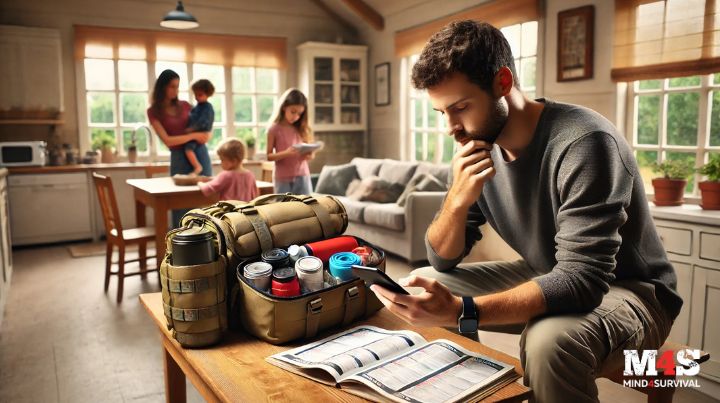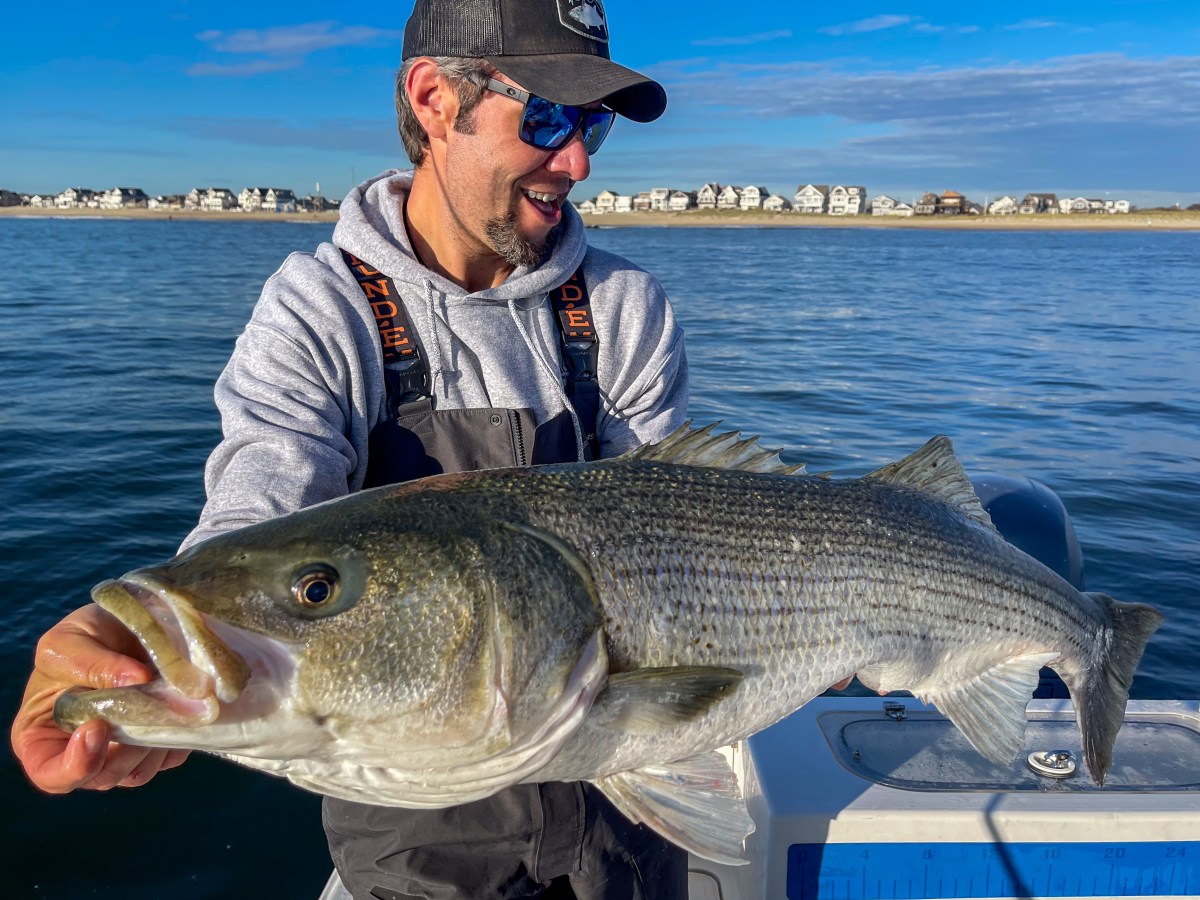Stopping Bleeding, Cleaning, Closing, and Monitoring Without a Doctor – Survivopedia
Disclaimer: The writer and editor are not doctors or a lawyers, so please don’t mistake anything in this article for medical or legal advice. For medical advice, please consult a licensed physician. For legal advice regarding the potential liability rendering first aid to others, or other matters, please consult a practicing attorney. Suturing, cauterization, ligatures, injectable medications and the application of tourniquets are dangerous and can result in injury, death or legal liability exposure.
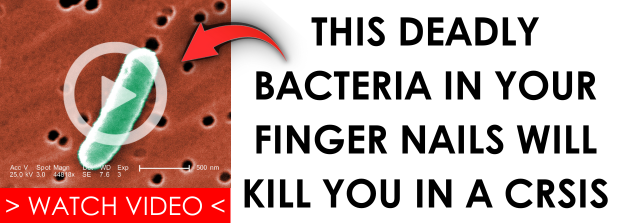 All it takes is a trip on the trail or a slip of a knife or an axe and there you are, dealing with a laceration in an austere setting. Blood is spurting everywhere, people are panicking, and all eyes look to you for help. Do you know what to do?
All it takes is a trip on the trail or a slip of a knife or an axe and there you are, dealing with a laceration in an austere setting. Blood is spurting everywhere, people are panicking, and all eyes look to you for help. Do you know what to do?
The more extreme methods I will discuss, such as suturing, stapling, cauterization, torniquets and the administration of prescription drugs should only be attempted if necessary to save a life in a situation where professional medical help is unavailable. If help is available, dial 9-1-1 and administer standard first aid to keep the patient alive until first responders arrive!
Before Administering First Aid
Ask Permission
If you do not know the patient and the patient is conscious, calmly introduce yourself and ask permission to touch them to render first aid. It is a good idea to obtain permission to treat the patient; it helps put the patient at ease and also gives you important diagnostic information. If they are able to respond intelligently, you know their airway is not obstructed and that they have basic cognitive function.
Good Samaritan Laws
Most states have a good Samaritan law that provides a measure of legal protection for people who render first aid, but I recommend talking to a lawyer about the law in your jurisdiction. Good Samaritan laws generally hold good Samaritans harmless as long as they act with the patient’s best interest in mind and they do not exceed their medical training.
That second part is where you could potentially get into trouble. If you have no medical training, and your first aid attempt ends up harming the patient instead of helping the, a lawyer could argue that your actions exceeded your training, so don’t go performing open-chest heart massage if you aren’t a cardiac surgeon. Good Samaritan legislation probably won’t offer much protection.
This is also a good reason to get some training. Another reason is so you can help your loved ones when healthcare is not available.
Training
To learn about suturing in austere settings, I recommend reading Survival MD by Dr. Radu Scurtu. You can get a digital copy from the Survivopedia Store, but I also recommend getting a paper copy for your survival library.
For additional training, take a suture class. I recommend the class taught by Dr. David Pruett (USNERDOC on YouTube).
Stop Uncontrolled Bleeding
The first order of business is to stop any uncontrolled bleeding. There is no point in cleaning or closing the wound if the patient is going to hemorrhage.
Direct Pressure
Simply place absorbent cotton, or similar material, on the wound and apply firm pressure. Just don’t apply pressure or bandages so hard that they impair breathing or cut off circulation completely.
Pressure Dressing
Pressure dressings are a way to keep pressure on a wound without tying someone up to do it. You can buy pressure dressings, or you can improvise one by placing a combine pad or gauze squares on the wound and wrapping it with stretchy conforming roller gauze. By twisting the gauze as you pass over the wound, you can create bulk that will apply pressure on the wound.
How tight is too tight? You can tell by performing a capillary refill test. Just press the skin until it blanches (turns white) and then remove your finger and observe how long it takes for color to return. If it takes longer than two seconds or doesn’t return at all, loosen the dressing.
Hemostatic Gauze
If direct pressure is insufficient to stop the bleeding, use hemostatic gauze, which is simply gauze impregnated with an agent that promotes blood clotting.
Torniquet
If direct pressure and a hemostatic agent are insufficient to control the bleeding in an extremity, apply a tourniquet.
Applying a torniquet:
- Apply the torniquet above the wound – Tourniquets must be placed above the wound, between the site of blood loss and the heart.
- Tighten until blood loss is controlled
- Note the time – It is extremely important to not the time and date the tourniquet is applied. If you lose track of time, the patient may lose their limb.
- Get help! – Removing a tourniquet is best accomplished by a surgical team in a hospital as complications can result.
Hemostat
If available, a hemostat can be used to clamp off an artery to control blood loss. If severed, arteries tend to retract, so this can be a difficult and painful procedure, but it is one that routinely saves lives.
Ligature
Once clamped, a damaged artery can be tied off to control bleeding. See sutures below under “Wound Closure”.
Cauterization
A surgeon would use an electrical diathermy machine to seal blood vessels with heat. He would use it to apply heat to a hemostat to seal an artery. In an austere setting, a metal object can be heated and applied to the hemostat or directly to the artery to stop bleeding. This would be a last-ditch method used only after all other options failed. (Youngson, M.D., 1993)
Wound Cleaning and Irrigation
The wound must be cleaned, debrided and irrigated to prevent infection.
Wound Cleaning and Infection Control
Clean the wound to prevent infection:
- Sterilize instruments, sutures and gauze – Any instruments, non-sterile suture material, non-sterile dressing, brush or sponge that will come in contact with the wound should be sterilized. In an austere setting, this can be accomplished by boiling for 20 minutes and allowing to cool. If you have a pressure cooker available, use that. If you can’t boil, chemical sterilization or dry heat can be used.
- Wash your hands – Wash your hands thoroughly with soap and water.
- Wash the wound with soap and boiled water – Clean the wound with water that has been boiled and cooled or filtered and chemically treated to kill pathogens. Use soap if the wound has dirt in it. Soap will help clean the wound, but it also damages tissue.
- Clean thoroughly – Use tweezers, gauze or clean cloth to lift any flaps of skin so you can clean under them.
If bleeding is not severe, allow the wound to bleed for a short time to help clean it out. (Werner, 1992)
Debridement
Wound debridement is the process of cutting away any dead or damaged tissue to prevent infection and speed healing. It can be accomplished with a sterile scalpel or sterile pair of pointed scissors.
Wound Irrigation
Wound irrigation can be accomplished by using an irrigation syringe to squirt wound irrigation solution into the wound, removing any foreign matter.
- If you don’t have a syringe, poke a few holes in the corner of a clean plastic bag or poke holes in the cap of a clean water bottle.
- If you don’t have sterile saline to irrigate the wound, you can improvise wound irrigation solution from one part 10% Povidone Iodine (Betadine solution) to ten parts clean water.(Weiss M.D., How to Irrigate a Wound, 1992, 1997, 2005)
- Don’t put alcohol, tincture of iodine, or Merthiolate directly into a wound. These chemicals damage tissue, slowing healing.
Wound Closure
Only after we have obtained permission, stopped uncontrolled bleeding, and cleaned the wound can we close it.
When to Close Wounds and When to Leave them Open
Close a deep laceration only if all of the following statements are true:
- The wound is less than 12 hours old.
- The laceration is clean.
- The laceration won’t stay closed without something to hold it closed.
- It is impossible to get the patient to a healthcare worker the same day.
Bites from people and animals should be left open. Closing them can cause a dangerous infection. (Werner, 1992)
Butterfly Bandages or Wound Closure Strips
I have closed wounds with wound closure strips that I was certain would need stitches, only to end up not needing sutures.
Both butterfly bandages and wound closure strips can be improvised from medical tape.
Apply benzoin tincture to the skin on both sides of the cut where you want the adhesive dressing to stick. Benzoin greatly improves the holding power of adhesive dressings, making it very important to include in your first aid kit! (Weiss M.D., Wound Closure, 2005)
Surgical Staples
If you have one available, using a single use, sterile surgical stapler is much easier than suturing.
Sutures
Sutures have been used for many thousands of years. If you do not have sterile surgical sutures, you can use a needle and thread after boiling them for 20 minutes. You will probably also need a needle holder or a pair of needle nose pliers, which will also need to be sterilized.
Instructions for sutures in an austere setting:
- Sterilize instruments, sutures and gauze – Any instruments, non-sterile suture material (Use thin thread. Silk or nylon is best), non-sterile dressing, brush or sponge that will come in contact with the wound should be sterilized. In an austere setting, this can be accomplished by boiling for 20 minutes and allowing to cool. If you have a pressure cooker available, use that. If you can’t boil, chemical sterilization or dry heat can be used.
- Wash the wound with soap and boiled water – Clean the wound with water that has been boiled and cooled or filtered and chemically treated to kill pathogens. Use soap if the wound has dirt in it. Soap will help clean the wound, but it also damages tissue.
- Wash your hands – Wash thoroughly with soap and boiled and cooled water.
- Sew the wound closed – Make the first stitch in the center of the cut. Use the surgeon’s knot described earlier. If it is hard to penetrate the skin, use a needle holder or pliers that have been boiled. Use enough stitches to close the entire cut. Sutures are tied with the surgeon’s knot or ligature knot. This is not to be confused with the fishing knot called a surgeon’s knot that is used to join a leader to a line or two ropes. It is a square knot (also not as a reef knot) with an extra twist on the first throw.(Werner, 1992)
Signs of Infection, Removal of Sutures and Staples
Watch for signs of infection and healing. One the skin is strong, remove non-absorbable sutures or surgical staples.
Signs of Infection
The following symptoms are signs of infection:
- Red, swollen, hot and painful
- Pus
- Smells bad
The following symptoms are signs the infection is spreading:
- Fever
- Swollen lymph nodes
- Red line above wound
Treatment of infected wounds:
- Hot compress – 4 times a day, 20 minutes each. Hands and feet can be soaked in hot water.
- Elevate – If possible, raise the wound above the heart and support it.
- Antibiotics – Severe infections and patients not vaccinated for tetanus may need antibiotics such as penicillin.
Signs of gangrene:
- Wound smells bad
- Brown or gray ooze
- Skin around wound site turns black
- Wound forms air bubbles or blisters
Treatment of gangrene:
- Clean and debride the wound – Open the wound as wide as you can. Wash it with boiled water that has cooled and soap. Remove dead and damaged tissue. Flood with hydrogen peroxide every 2 hours.
- Administer antibiotics – If possible, administer injectable penicillin. Crystaline is best. 1,000,000 units every three hours.
- Air out wound – Leave the wound uncovered and allow fresh air to circulate.
- Get help! – Gangrene is a life-threatening infection. If it is in a limb, it may need to be amputated. If medical help is available, get it. Plan a casualty evacuation.(Werner, 1992)
Remove Non-absorbable Sutures and Staples
After 5-14 days, the skin should heal, and non-absorbable sutures and staple should be removed. The face should heal within 5 days, hands and feet within 14 days.
- Observe aseptic and sterile technique
- Cut sutures with pointed scissors – Cut sutures flush with the skin.
- Dissolve dried serum – Dried serum can sometimes adhere to sutures, skin and adjacent hair. Dried serum can be dissolved with hydrogen peroxide, saline or boiled and cooled water.
- Remove the suture – Use forceps, to remove sutures. The patient will feel a little tugging as the suture pulls free of the layers of the tissue.
Staple removal is the same except that they are removed with an instrument that bends the tips of the staples open so they can then be pulled out.

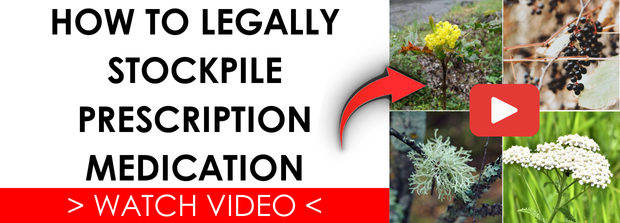 Summary
Summary
If you are adventurous, you will probably close many wounds. Blood is a sign that you’re having fun. But that’s OK, wound closure is simple:
- Use proper aseptic (wash your hands) and sterile procedure (sterilize your instruments, suture material and dressings.)
- Stop the bleeding.
- Clean the wound.
- Add Benzoin, and PVP-I 10% to your first aid kit if they aren’t there already.
- Use wound closure strips instead of sutures when you can.
- Learn the surgeon’s knot, (one of the easiest knot you can tie).
- Put the first stitch in the center of the cut.
- Know the signs of infection.
- Get ahold of some antibiotics.
Read the full article here





